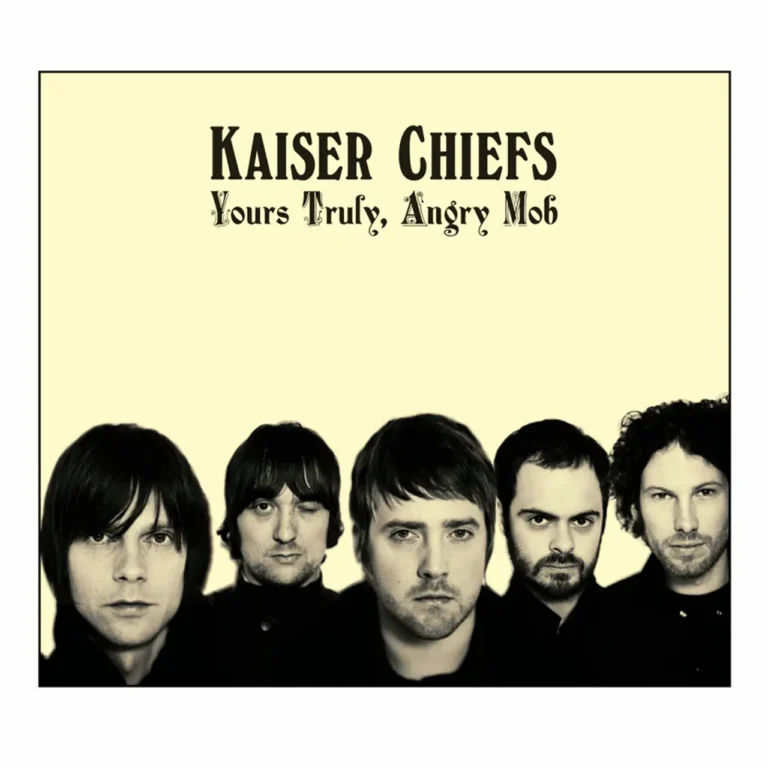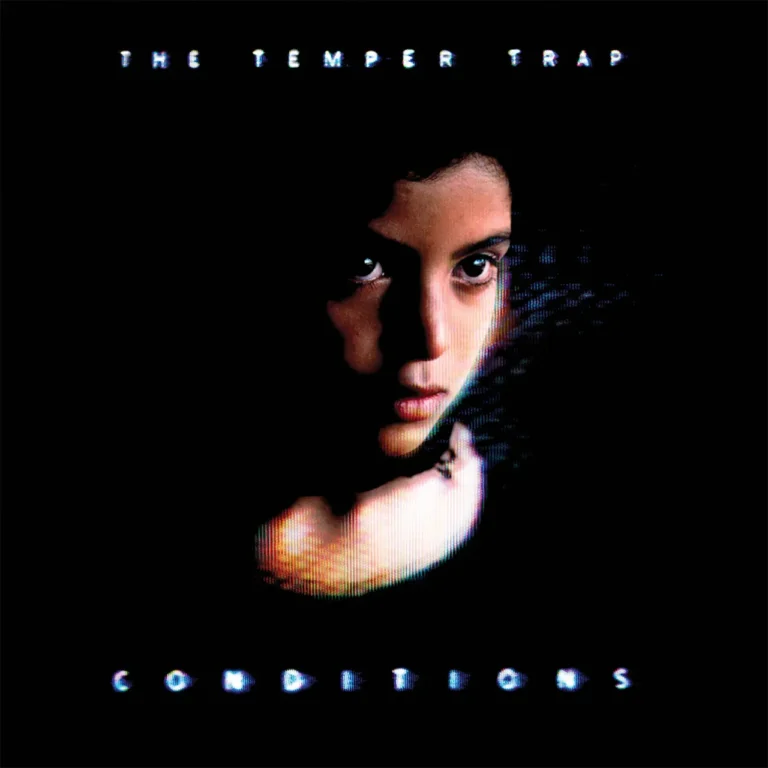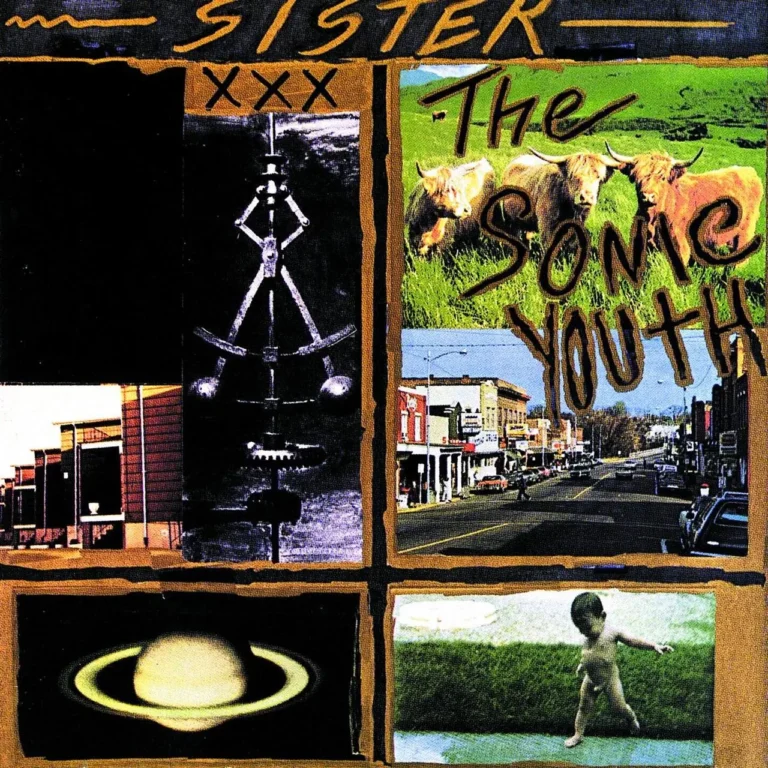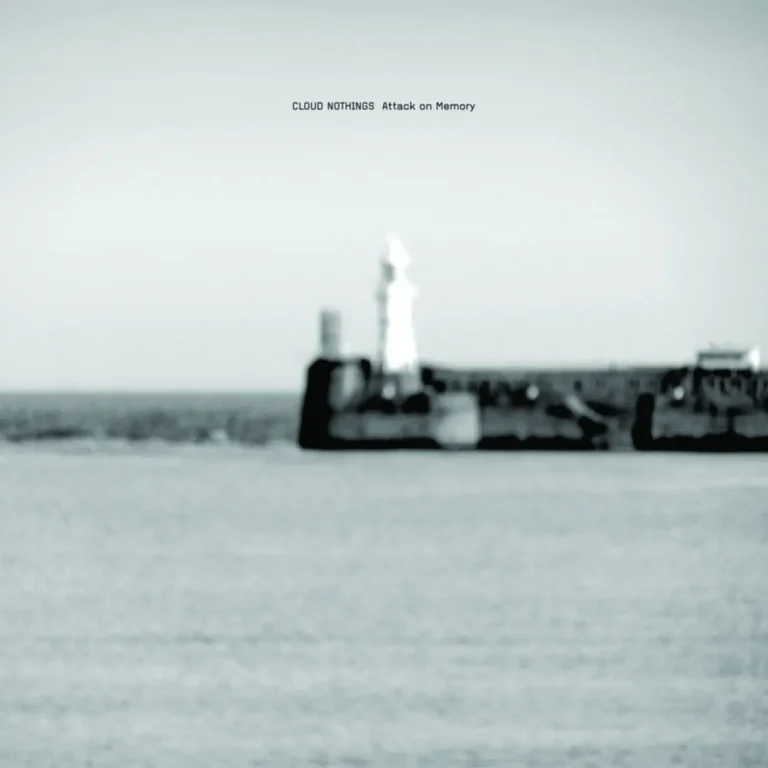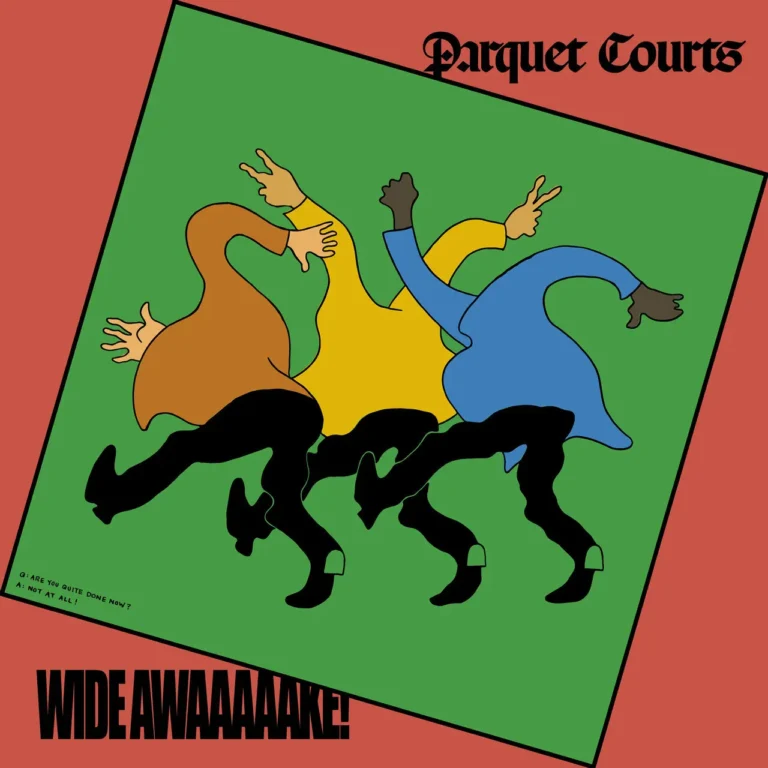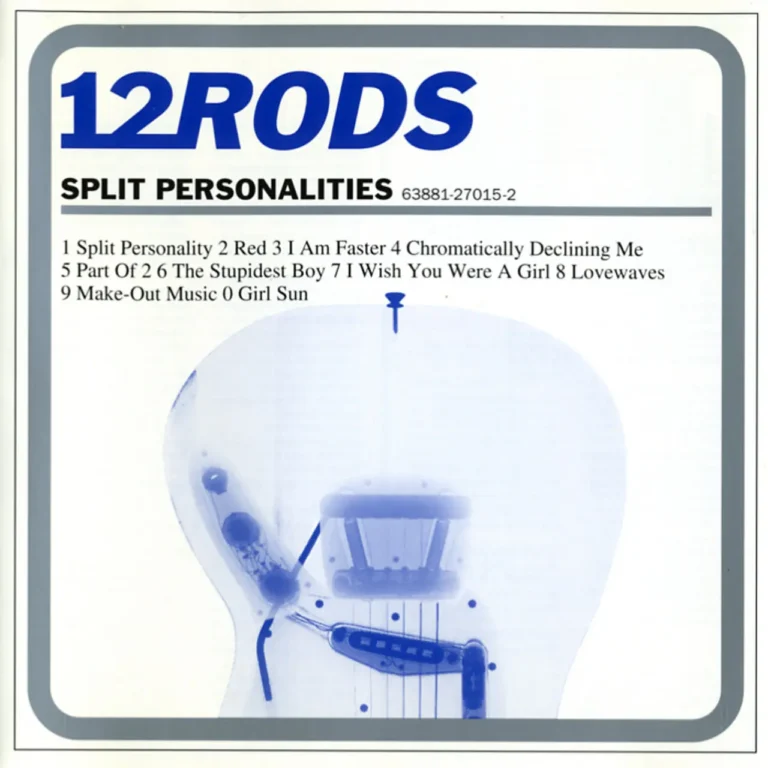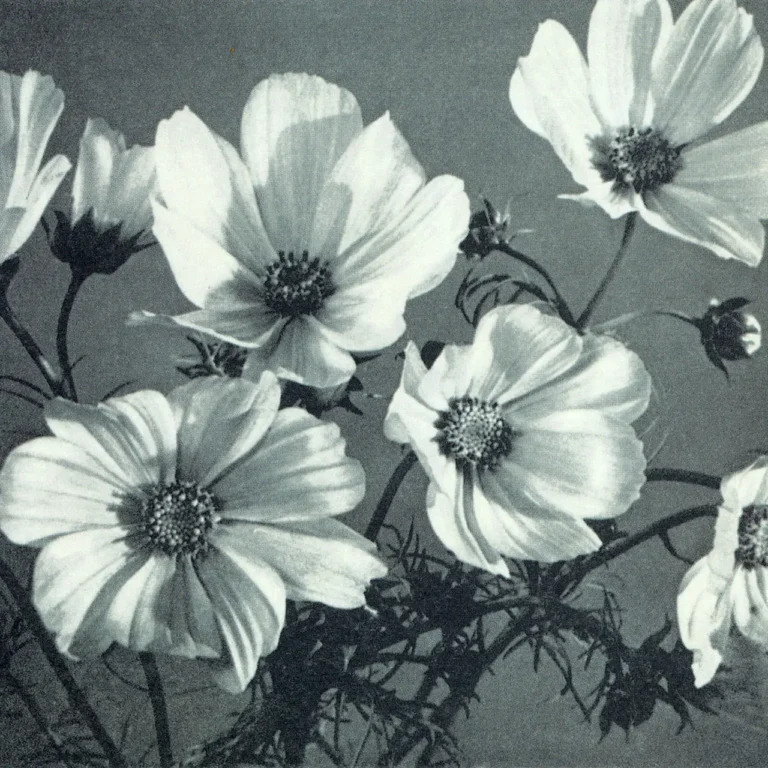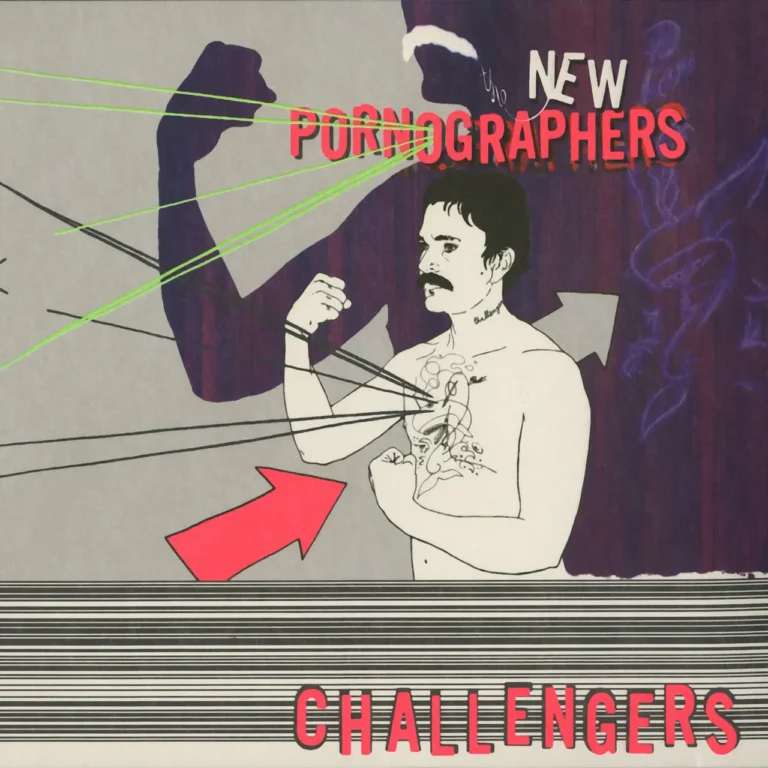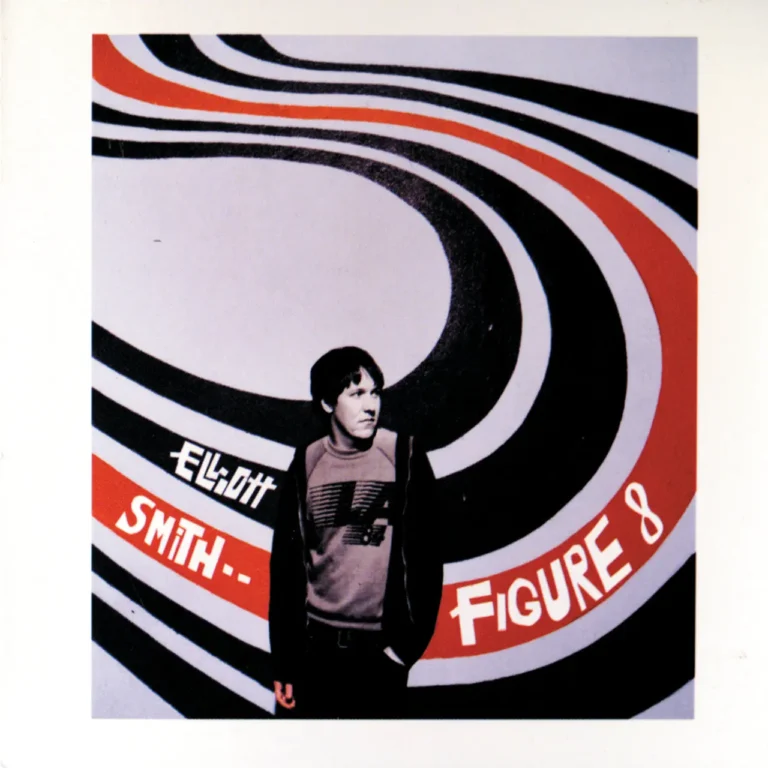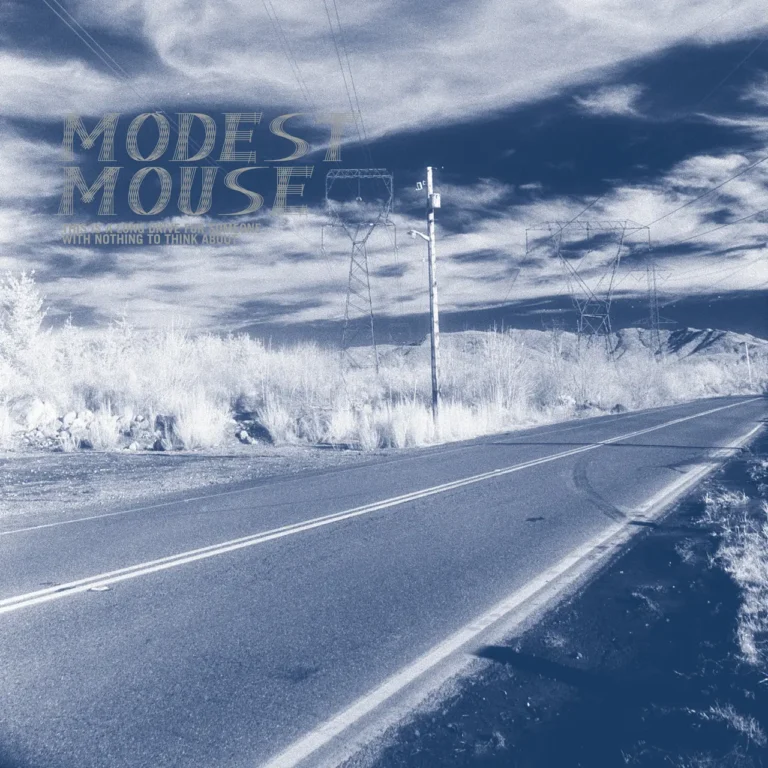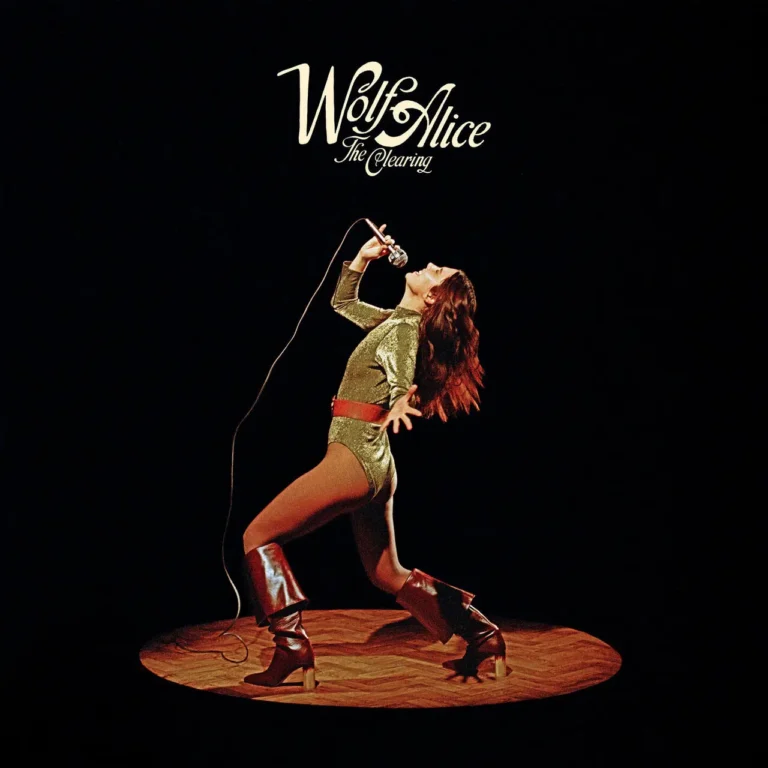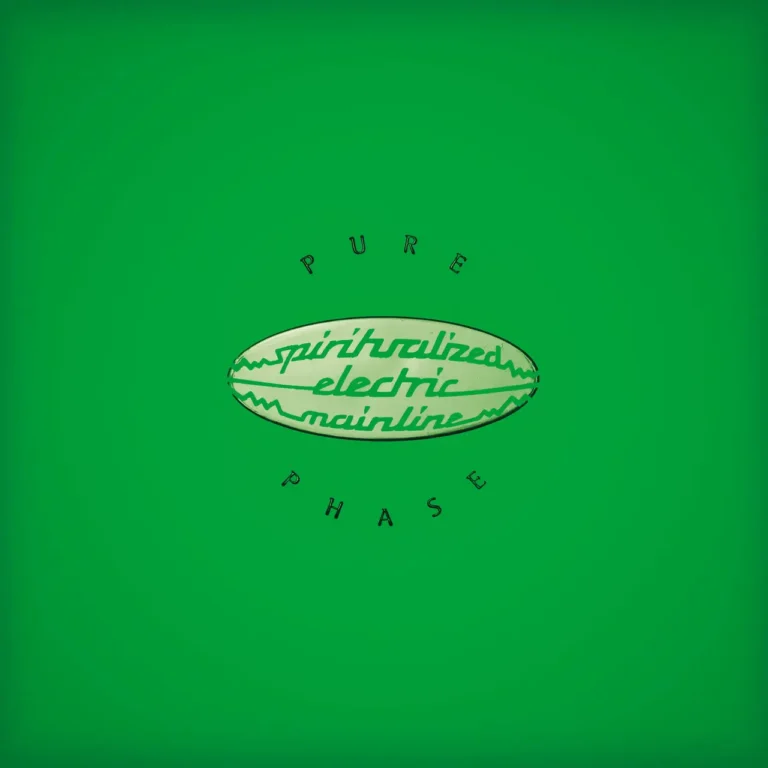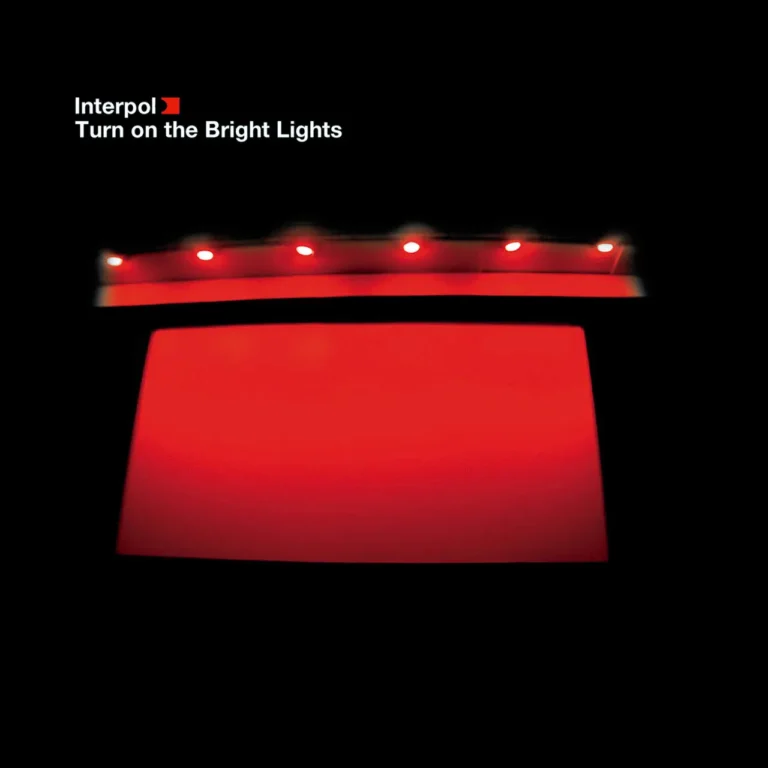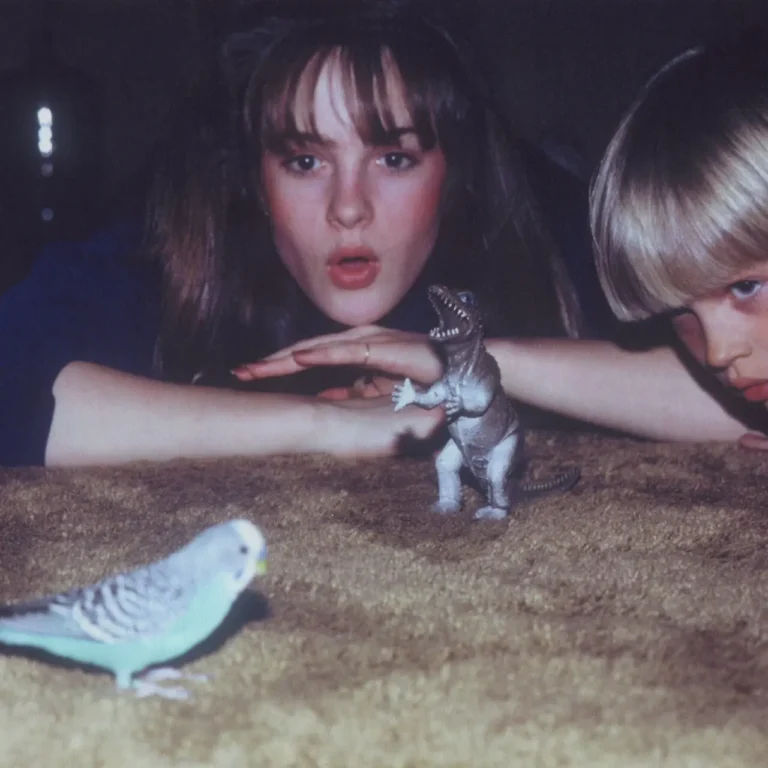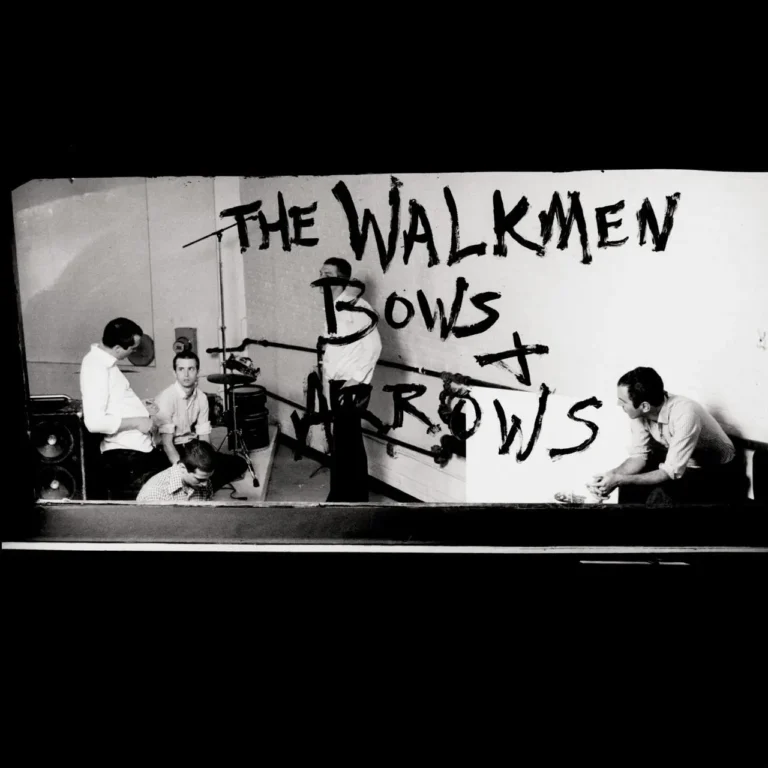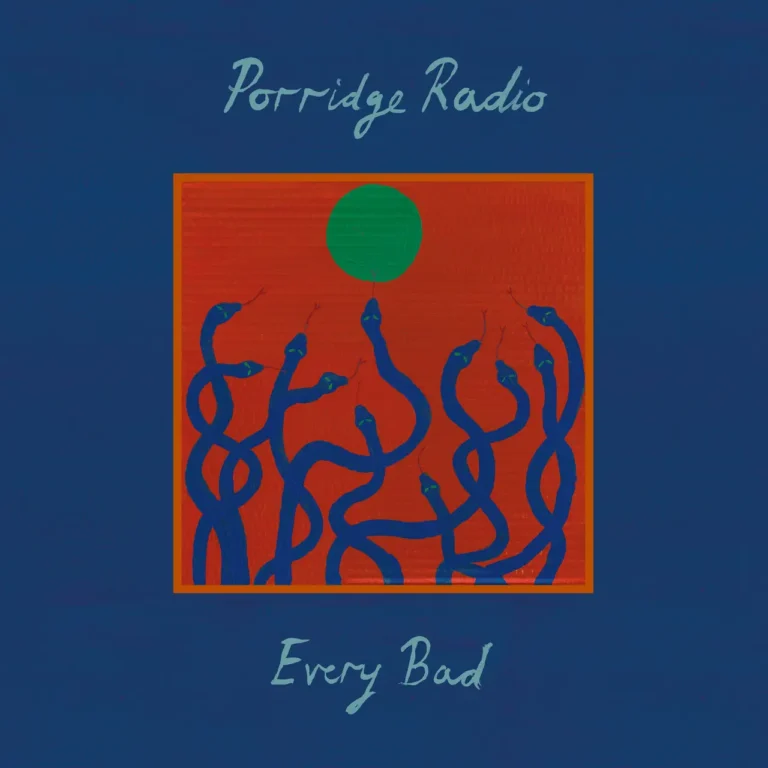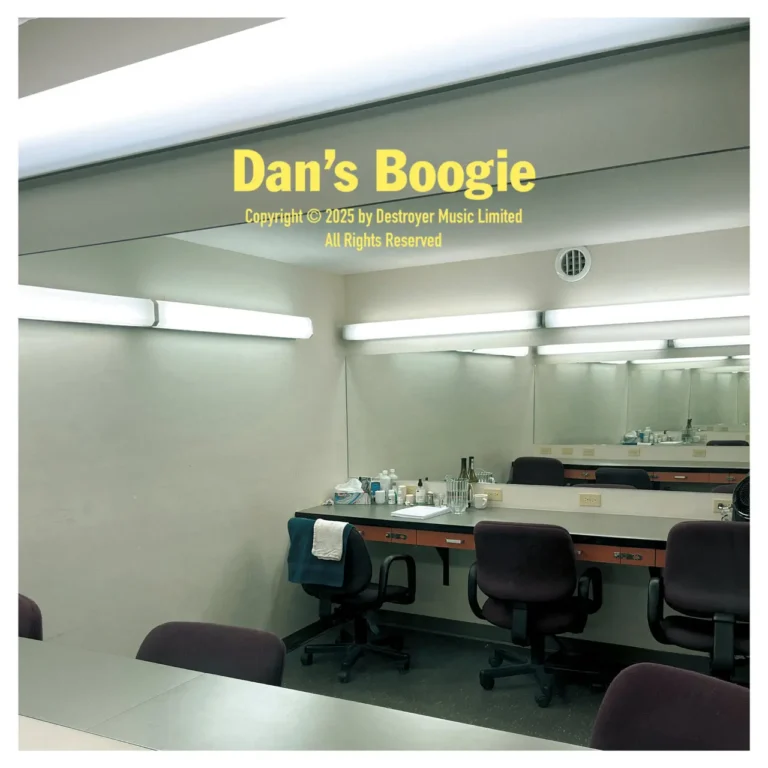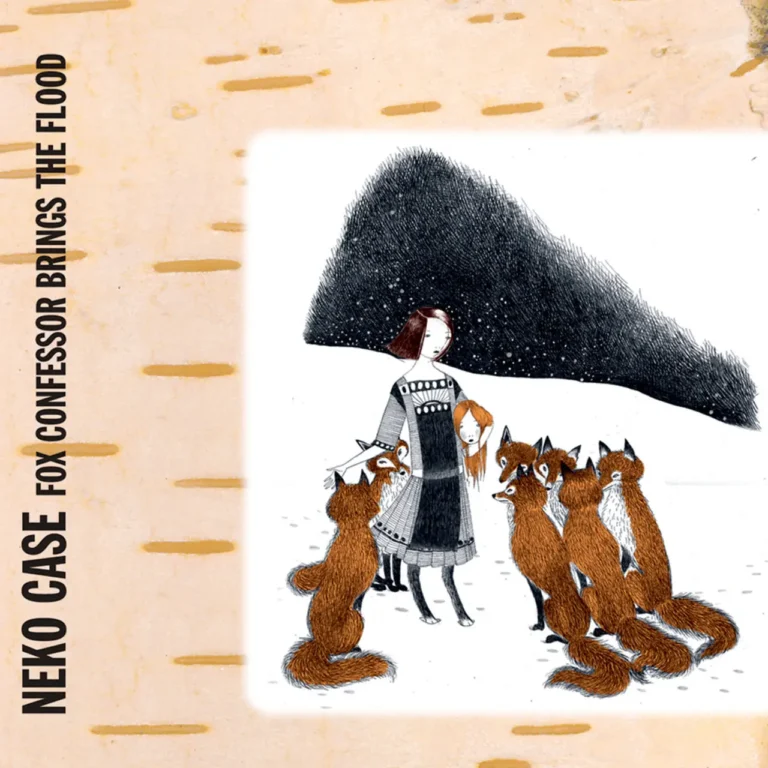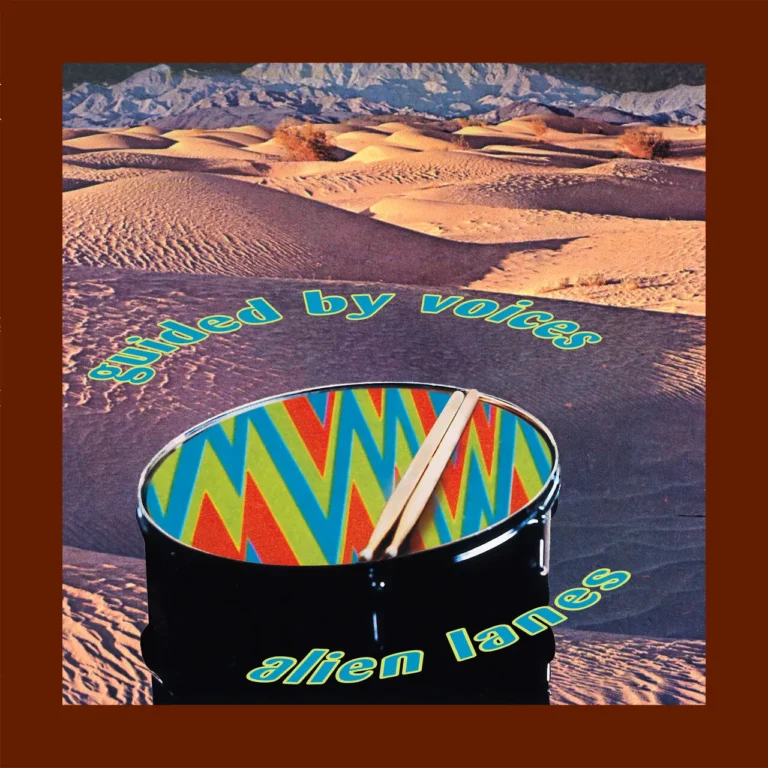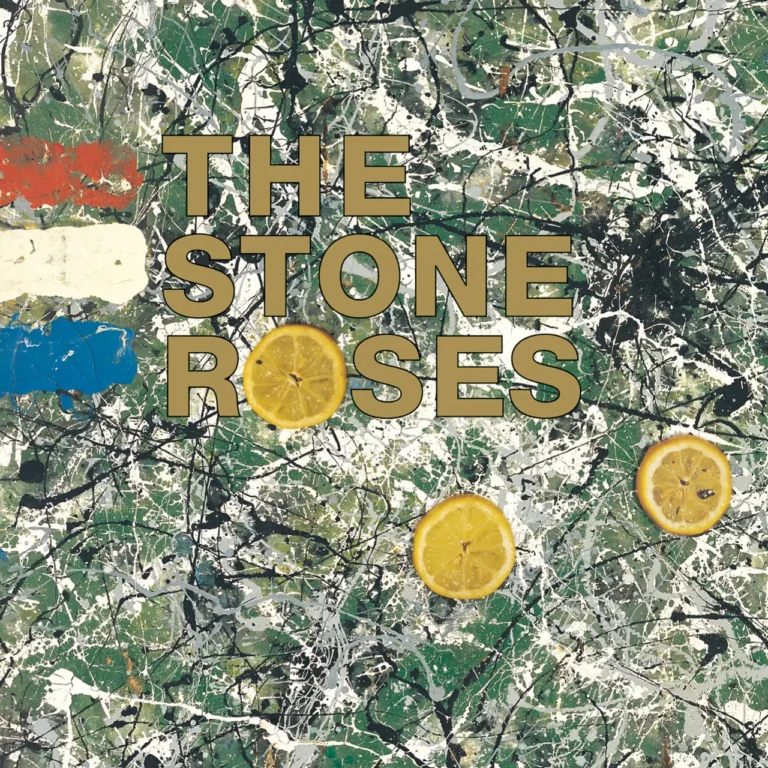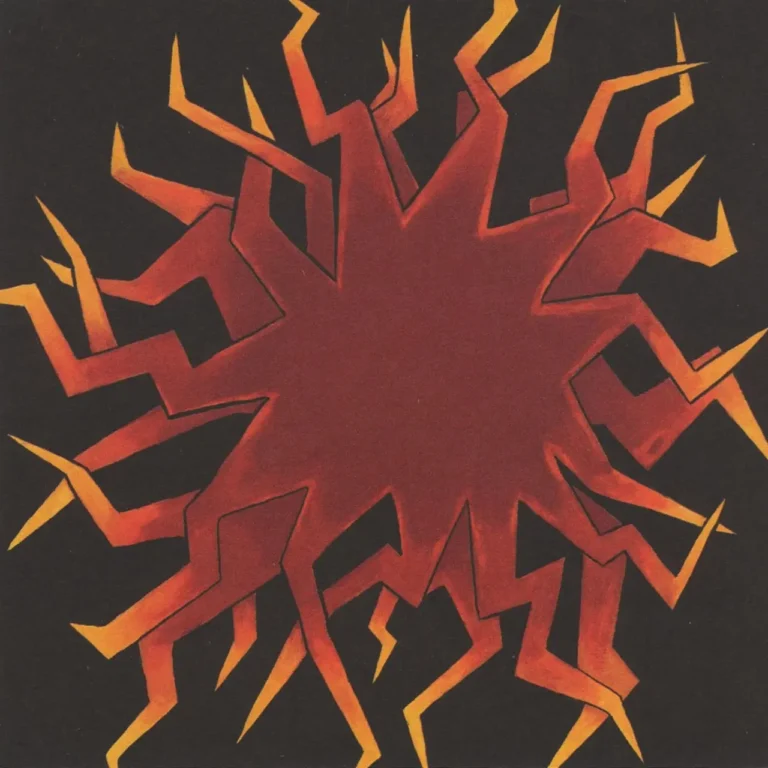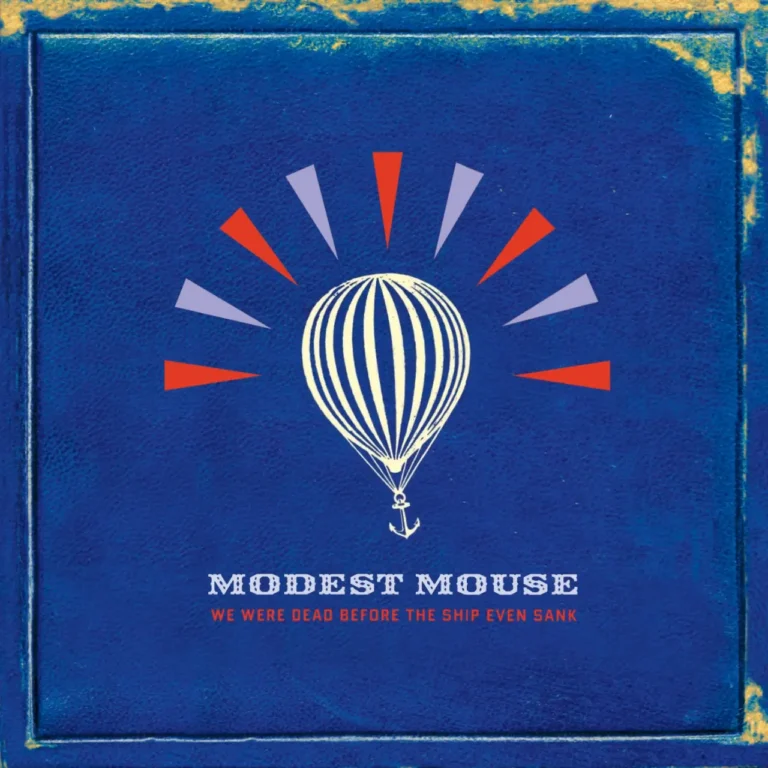Introduction to "Inside Out"
"Inside Out" is a track by the American indie rock band Duster, featured on their 1998 debut album Stratosphere. Known for their lo-fi aesthetic, spacious soundscapes, and emotive subtlety, Duster carved out a cult following with their melancholic and introspective music during the late 1990s slowcore and indie scenes. "Inside Out" exemplifies the band’s distinctive blend of wistful moodiness and minimalist instrumentation.
Background and Creation
Duster, formed by Clay Parton, Canaan Dove Amber, and Jason Albertini, became synonymous with a bedroom recording ethos that emphasized texture, atmosphere, and emotional directness over polish. "Inside Out" was born from this approach, capturing a sense of intimate vulnerability through an intentionally hazy production style. The band’s songwriting on Stratosphere reflects themes of isolation, emotional flux, and the passage of time, all wrapped in spacious, reverb-soaked sonic environments.
"Inside Out" exemplifies Duster’s method of layering subtle guitar riffs with understated vocals and sparse percussion, creating a dreamy, immersive experience that encourages deep listening.
Lyrics and Themes
The lyrics of "Inside Out" are elliptical and sense-driven rather than straightforward storytelling. They evoke feelings of internal struggle, emotional introspection, and a yearning to reconcile conflicting sensations or states of mind. The phrase "inside out" itself suggests a turning inward or exposure of one’s inner self, potentially reflecting vulnerability or the process of confronting inner turmoil.
The song’s words often blend with the music, serving as much for their sonic texture as for their literal meaning. This ambiguity invites listeners to interpret the emotional content personally, tying into themes like emotional disconnection, reflection on identity, and the complexity of human experience.
Musical Structure and Arrangement
Musically, "Inside Out" is characterized by its slow tempo, soft dynamics, and minimalistic arrangement. The track prominently features warm, droning guitar tones layered to create a hazy, almost hypnotic ambiance. The guitars often employ subtle distortion and echo, contributing to the song’s immersive quality.
Percussion is light, with gentle drum beats or brushed patterns that maintain a hesitant rhythmic pulse. The bass underlines the harmonic foundation without overpowering the delicate instrumentation. Vocals are low in the mix, airy and subdued, adding to the track’s introspective and atmospheric feel.
The structure of the song is relatively loose, relying more on mood and texture than traditional verse-chorus repetition, allowing the music to wash over the listener like a contemplative haze.
Emotional Tone and Atmosphere
"Inside Out" is suffused with a sense of quiet melancholy and thoughtful nostalgia. Its sonic palette evokes feelings of solitude, reflection, and transient emotional states. The understated delivery and lo-fi production create an intimate atmosphere, as if inviting the listener into a private moment of contemplation or emotional vulnerability.
The track’s slow pacing and layered sound textures mirror the drifting nature of memory and internal emotional processing, making it feel both timeless and deeply personal.
Context Within Stratosphere
As part of Stratosphere, an album often hailed as a cornerstone of late 90s indie and slowcore music, "Inside Out" contributes to the record’s overarching themes of alienation, introspection, and atmospheric minimalism. The album juxtaposes sparse arrangements with evocative lyricism, crafting an emotional landscape marked by both stillness and tension.
"Inside Out" embodies the album’s commitment to mood and texture over immediacy or traditional pop dynamics, establishing a contemplative, immersive listening experience that has continued to influence artists in indie and experimental rock genres.
Reception and Legacy
Although not a commercial hit upon release, "Inside Out" and Stratosphere as a whole have earned critical acclaim over time, particularly within underground music circles dedicated to lo-fi, slowcore, and post-rock aesthetics. The song is celebrated for its evocative mood, subtle songwriting, and ability to convey complex emotions with minimal means.
Duster’s work, including "Inside Out," has influenced many artists exploring the space between indie rock and ambient music, contributing to a resurgence of interest in textural, atmospheric songwriting in the 2010s and beyond.
Artistic and Cultural Significance
"Inside Out" exemplifies Duster’s ethos of embracing imperfection, quietness, and emotional nuance in music. By blending low-fidelity recording techniques with poetic, ambiguous lyricism, the band challenged conventional expectations of rock songs and helped define a unique space for introspective, mood-driven music.
The track stands as a reflection of the late 90s indie ethos—favoring authenticity, atmosphere, and emotional subtlety—and continues to resonate with listeners drawn to music that prioritizes feeling and texture over overt expression.
Conclusion
"Inside Out" remains a compelling and deeply atmospheric track that showcases Duster’s talent for creating emotionally rich soundscapes through simplicity and restraint. Its exploration of vulnerability, memory, and internal conflict, coupled with its dreamy instrumentation, invites listeners into a contemplative world that balances melancholy with beauty. As a key piece of Stratosphere, it continues to influence and inspire fans and musicians within the indie and experimental music communities.

